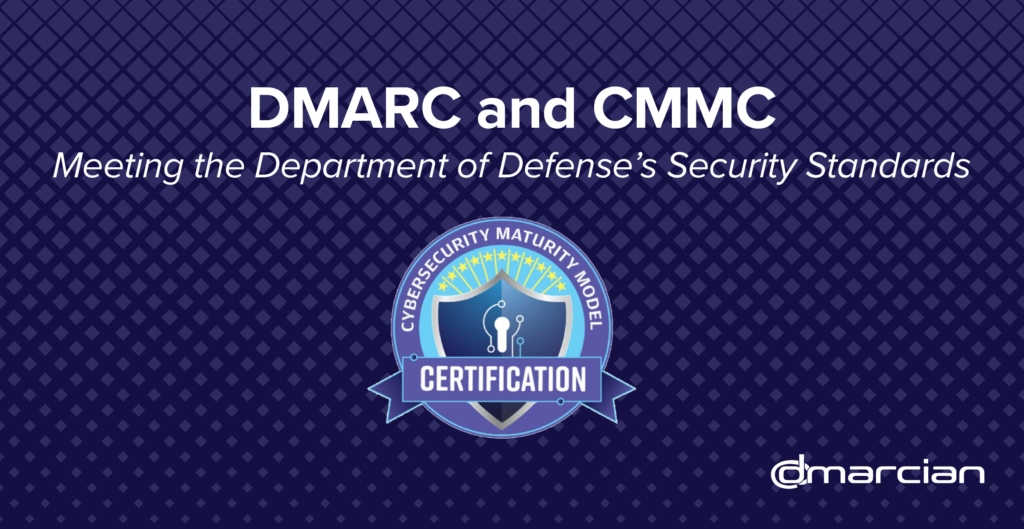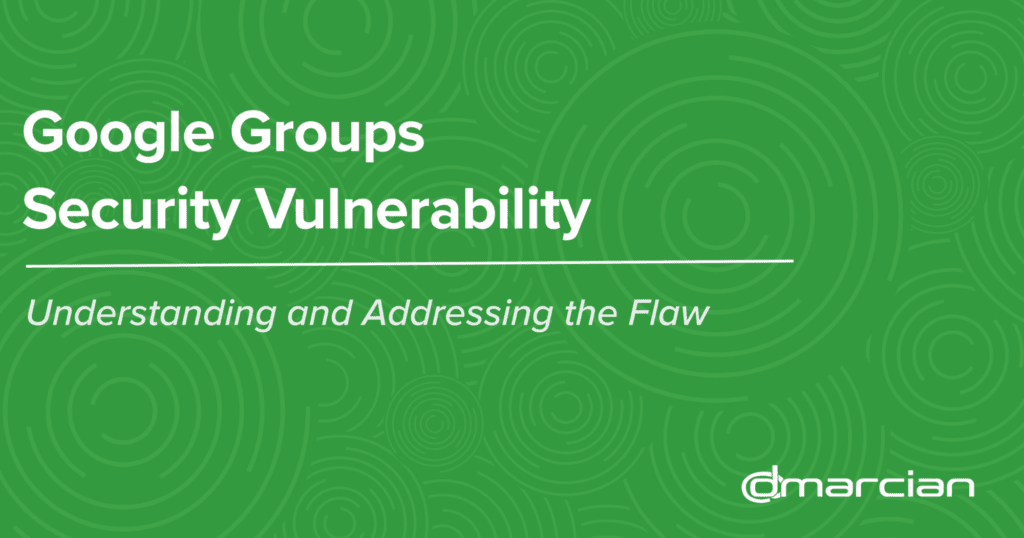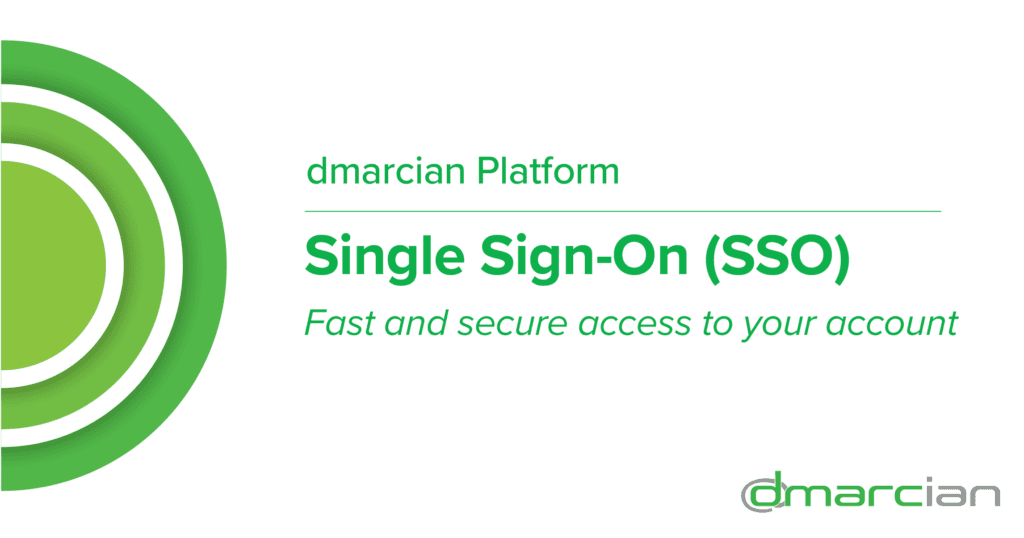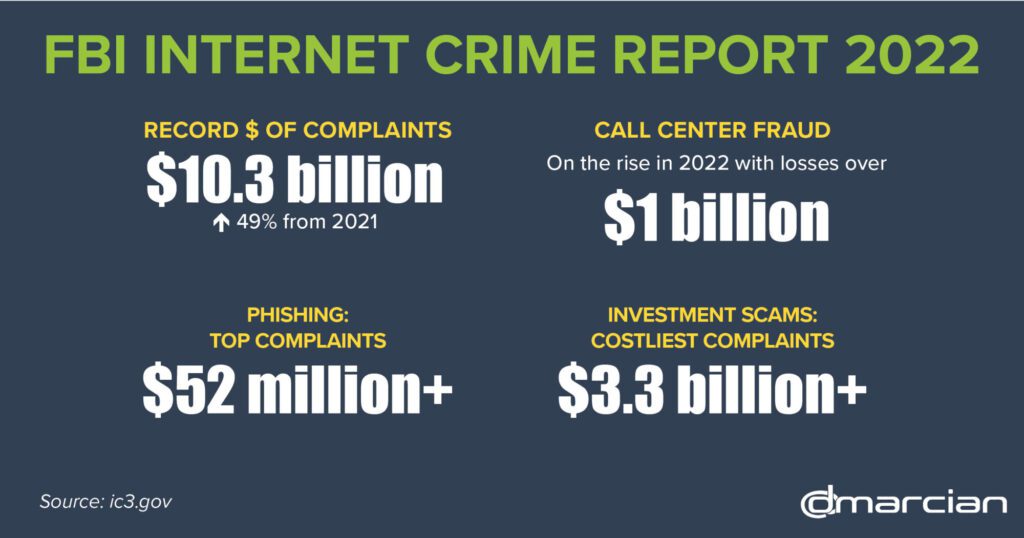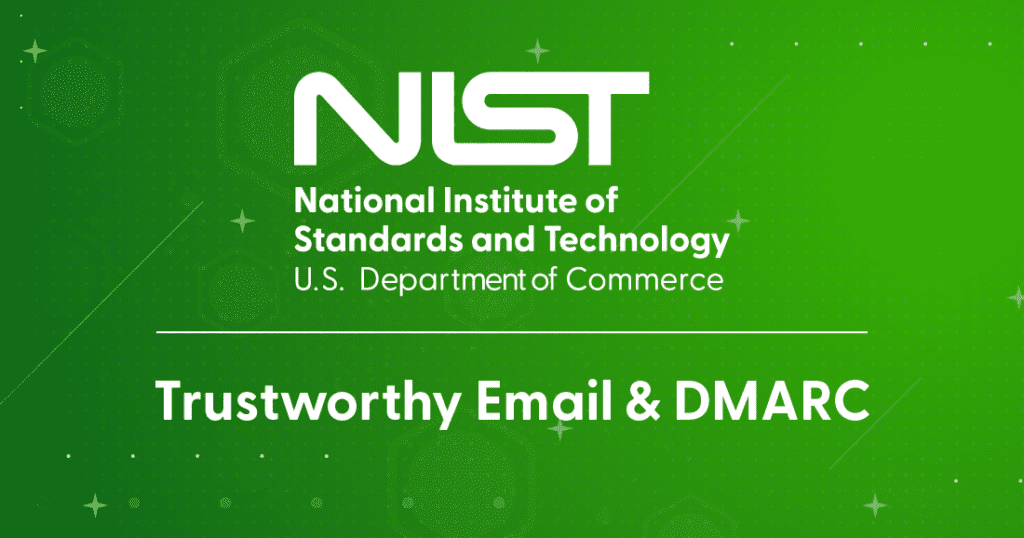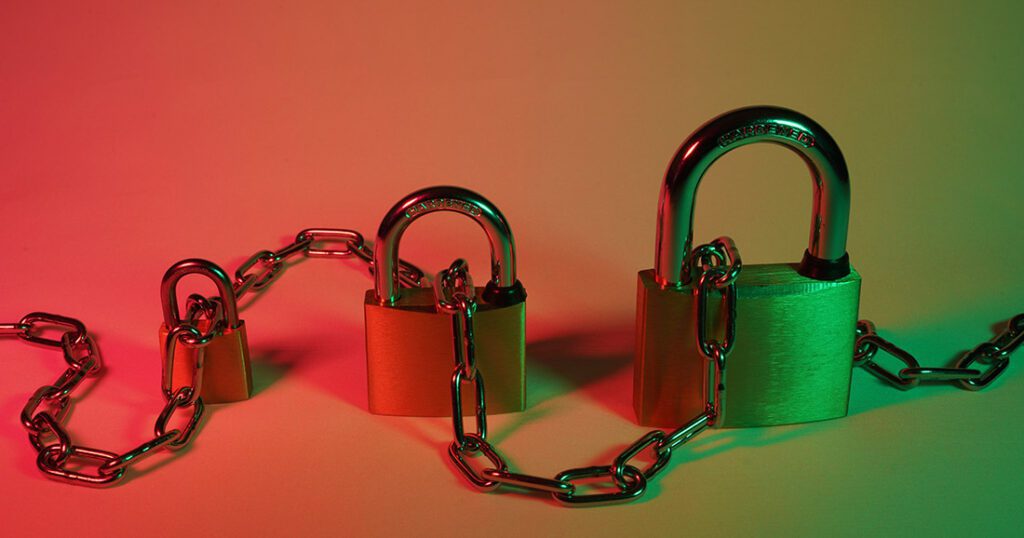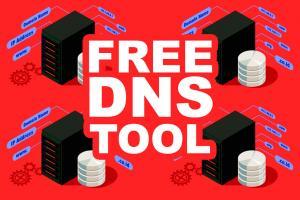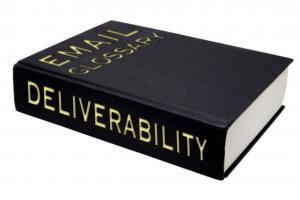cybersecurity
Our EU Director Dermot Harnett and Deployment Representative Matia Boldrini joined Dublin City University’s Information Systems Services (ISS) Team on April 9, 2024, to discuss the lessons learned and challenges overcome during DCU’s journey to DMARC compliance. The presenters take a straightforward, candid look at the DCU DMARC project, stressing the importance of building relationships and support among university departments and the coworkers that lead them. As you’ll learn in the presentation, DCU ISS was motivated by the NCSC’s email security guidance, and began their DMARC discovery phase, including advocacy among the university leadership and an initial trial with dmarcian. The ISS team shares their challenges for prioritizing this project and how they informed university stakeholders through meetings and internal communications. With the visibility gained through DMARC, they also talk about how they discovered redundant IT resources and were able to gain efficiency. If you weren’t able to join us
The FBI’s Internet Crime Complaint Center (IC3) has released the 2023 Internet Crime Report, which is based on internet crimes reported to the IC3. In 2023, as in 2022, phishing/spoofing was the top crime reported, and investment scams were the most financially damaging. The IC3 received a record 880,418 complaints with associated record losses of more than $12.5 billion, up 10% and 22% respectively from 2022. Keep in mind that these are only reported numbers and just from the American public. 2023 Internet Crime Overview Business Email Compromise: There were 21,489 BEC reports with over $2.9 billion in losses. The IC3 notes a trend of criminals using financial custodial accounts for crypto exchanges, third-party processors and phishing. Investment Fraud: The losses from investment scams increased from $3.31 billion in 2022 to $4.57 billion in 2023. With this 38% increase, investment fraud became the crime with the heaviest reported losses. Cryptocurrency
UPDATES: December 26, 2023: The Department of Defense published for comment a proposed rule for the Cybersecurity Maturity Model Certification (CMMC) 2.0 program. December 7, 2022: DMARC and other specs dropped from CMMC 1.0 have been sent to NIST to be included in future revisions of NIST SP 800-171, which CMMC is based upon. For more recent updates, you can visit the Department of Defense Chief Information Officer webpage. The following was published September 20, 2021. The Cybersecurity Maturity Model Certification (CMMC) is a cybersecurity framework being developed by the Department of Defense (DoD) to protect defense contractors from cyber threats. CMMC measures cybersecurity maturity with five levels consisting of security controls, practices and continual improvement to stop the theft of intellectual property, proprietary information and credentials that threaten economic and national security. When an organization sets out to achieve a particular CMMC level, it must also meet the preceding
Recent discussions in the email security ecosystem have highlighted a security loophole concerning Google’s handling of emails sent to a Google Group. This issue arises particularly when the emails come from a domain with a DMARC policy set to p=quarantine or p=reject. Google Groups functions similarly to a mailing list. When a group address receives an email, Google forwards a copy to each group member, retaining the original From: header. This From: header is crucial, as it’s what recipient systems use to determine which domain to check against for DMARC compliance. In essence, when Google forwards these emails, it’s as if Google is spoofing the domain being forwarded. This becomes problematic with domains like AOL or Yahoo, where the receiving system will reject the email, recognizing that Google isn’t authorized to send on their behalf. How scammers exploit Google Groups’ email forwarding Domain Acquisition: Scammers start by acquiring a new
Ransomware, Act I The first documented ransomware attack was delivered by the postal service in 1989 when 20,000 floppy discs loaded with malware were sent to AIDS researchers across the globe with the promise of advancing research. When loaded in computers, the discs installed malware and displayed a ransomware message demanding payment to restore data and systems. The attacker, an AIDS researcher himself, took advantage of other researchers to capitalize on the urgency and uncertainty of the AIDS epidemic. Cybercriminals continue to employ similar scare tactics today, using coercion, matters of necessity and social engineering to dupe unsuspecting people. Instead of using snail mail, cybercriminals use unprotected domains to send spoofed emails for deploying ransomware. What is Ransomware? The Cybersecurity and Infrastructure Security Agency (CISA) defines ransomware as a type of malware “cyber actors use to deny access to systems or data. The malicious cyber actor holds systems or data
Our Single Sign-On (SSO) support leverages Security Assertion Markup Language (SAML) version 2 for Enterprise users. This expedites access to your dmarcian account by letting you sign in with your existing corporate credentials, which means one less password to keep track of. With our SSO, you can easily manage SSO access and user permissions to all of your accounts in dmarcian centrally while adhering to your organization’s security and access policies. Before getting into the details for SSO configuration, let’s first talk about some basic concepts and terminology: Authentication Authentication defines how the user is identified in a system—usually through a login process. Traditionally, a user registers for an account providing authentication credentials (username and password) and uses them to log in moving forward. In the past, this has been sufficient, but it does have limitations. For example, what happens if you have a several employees at your company that you want to grant access
Investment Scams Costliest The FBI’s Internet Crime Complaint Center (IC3) has released the 2022 Internet Crime Report, which is based on internet crimes reported to the IC3. Phishing continues to be the top crime reported, and investment scams were the most financially damaging. Though the IC3 received five percent fewer complaints in 2022 the total loss ballooned from $6.9 billion in 2021 to over $10.2 billion in 2022. By the Numbers – 2022 FBI Internet Crime Report Internet Crime Overview BEC: There were 21,832 BEC complaints with a loss of over $2.7 billion. BEC exploits target organizations and individuals in an effort to redirect funds to fraudulent accounts. Investment Scams: For the first time since the FBI has issued the Internet Crime Report, investment fraud was the costliest crime with losses coming in at $3.31 billion; in 2021, losses were $1.45 billion. There was an unprecedented increase in crypto-investment extortion
“Technologies recommended in support of core Simple Mail Transfer Protocol (SMTP) and the Domain Name System (DNS) include mechanisms for authenticating a sending domain: Sender Policy Framework (SPF), DomainKeys Identified Mail (DKIM) and Domain based Message Authentication, Reporting and Conformance (DMARC).” The post National Institute of Standards and Technology (NIST) Provides DMARC Guidance appeared first on dmarcian.
Our DMARC deployment experts often hear from customers about email from mailing lists not being delivered. Have you run up against this challenge in your DMARC project? The post Mailing Lists and DMARC appeared first on dmarcian.
To provide a second step beyond your password in proving and securing your online identity, Multifactor Authentication steps in as a double-check in the authentication process. The post Enhance Your Security Stance with Multifactor Authentication appeared first on dmarcian.



